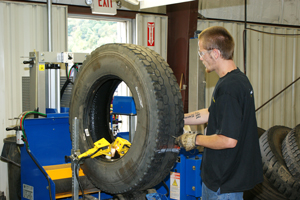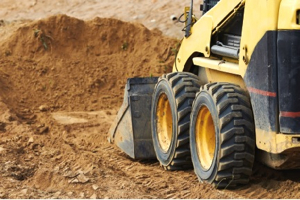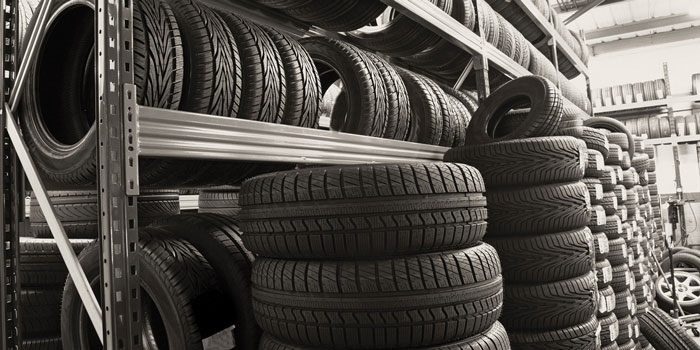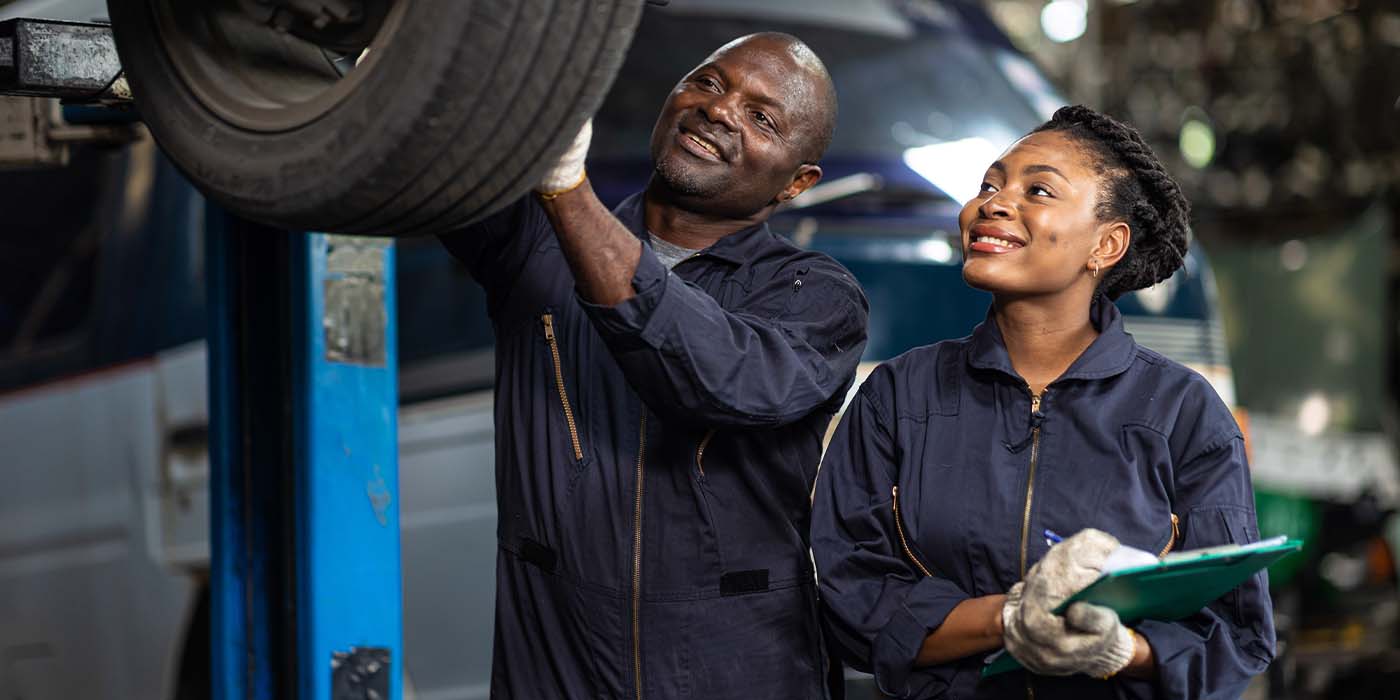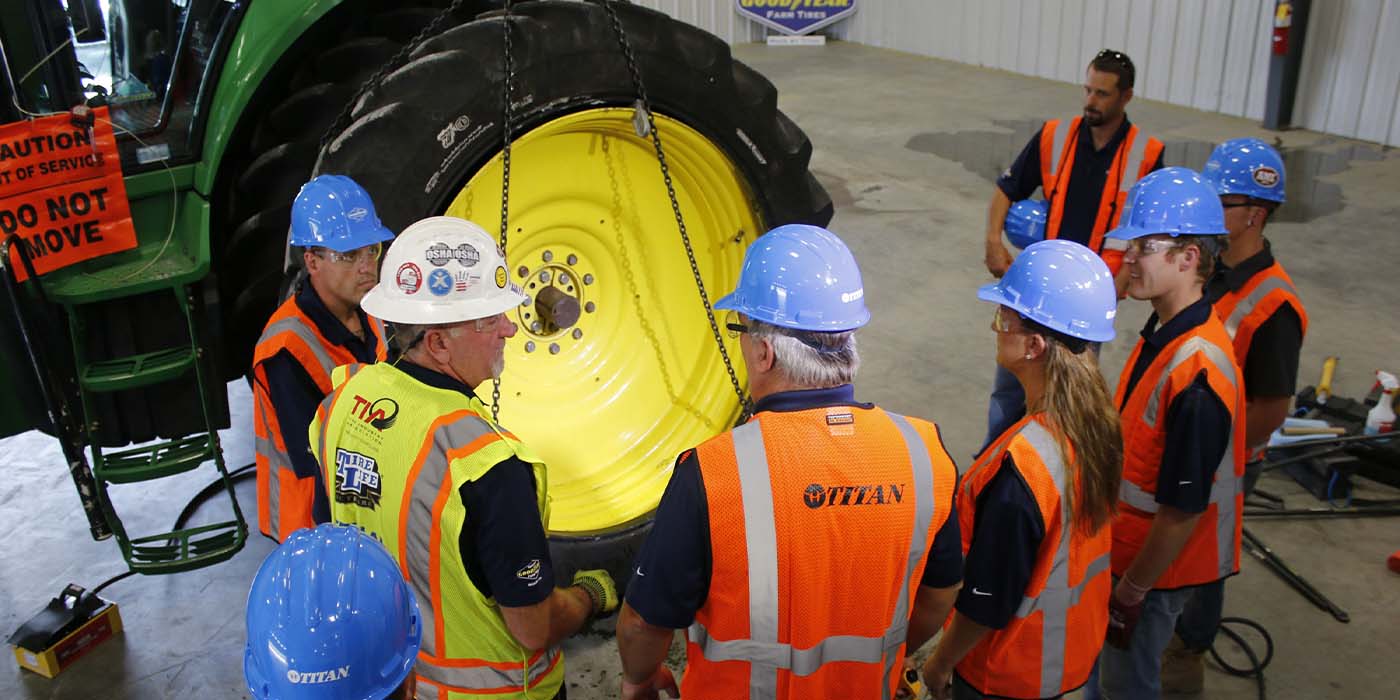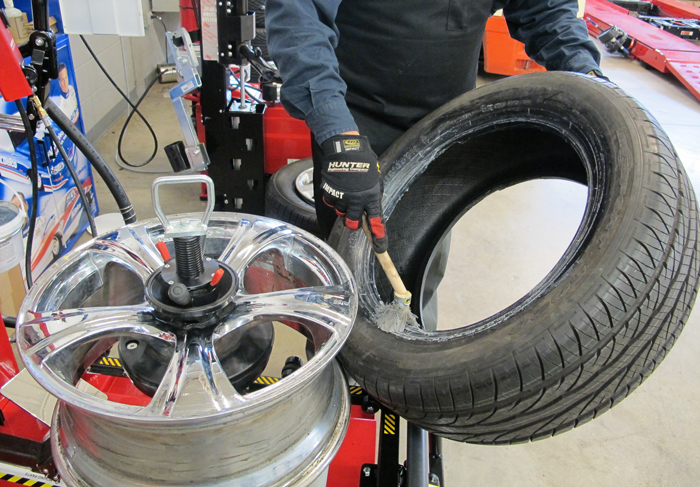
Twenty years ago, a young non-profit professional was tasked with convincing the truck tire and wheel service industry that they needed to train their employees in order to comply with Occupational Safety and Health Administration (OSHA) regulations. It’s just as absurd as it sounds. Employee training has been required by OSHA for almost 40 years so the objective was to make them compliant with laws they should have already been following. And, it still took some convincing!
Fast-forward to 2016 and OSHA training regulations are at the bottom of the list when it comes to the problems facing most of the commercial tire dealers in the U.S. Compliance is met on the first day and the technician receives additional training in order to become certified in most cases. It’s a crystal clear process and virtually guarantees that every technician is properly trained in the eyes of the law.
For the retail industry, the legal obligation is not so cut and dry. The OSHA regulation that requires technician training for truck tires specifically excludes passenger and light truck tires. As a result, a lot of retailers continue with the ancient and indefensible method of providing education with on-the-job-training, also known as OJT. OJT relies on an experienced technician to show the new employee how to do the job. It’s also called “Old Joe” training because Old Joe passes his bad habits to New Joe who eventually becomes the next Old Joe and passes two generations of bad habits to the next New Joe and so on.
While truck tires and wheels haven’t changed much over the past two decades, the passenger and light truck tire industry has experienced a revolution. Between size proliferation, low profile sidewalls, tire pressure monitoring systems (TPMS) and online sales, the technological impact by itself is a lot to digest. However, there are millions of millennials who need tires now or in the future, and the retailer that finds the sweet spot for this generation of tire buyers will be in a very good position.
The best place to start is with technicians. Future tire buyers know virtually nothing about their automobiles, but they are not going to tolerate mistakes. If they get bad service or think something isn’t fixed correctly, they are going to absolutely bomb you on social media. From ratings pages to your own Web page, isolated instances can appear to be standard business practices for the next generation. If the employees who are responsible for mounting and installing the tires are not properly trained, they are going to keep making the same mistakes, putting your reputation at risk.
I find myself using the online rating service occasionally, but I don’t believe everything I read online. However, the next generation of a tire buyer does.
Another unfortunate truth about the new marketplace is the sudden increase in the number of OSHA inspections that appear to be targeting retail tire dealers. Compliance with all of the applicable OSHA regulations is not something that happens overnight. The truck-tire dealers figured it out a while ago and many are compliant across the board. Retailers aren’t familiar with OSHA so it’s easy for little things – like fire extinguishers past the expiration date, dirty floors or a ground plug that is missing from an extension cord – to slip by and go unnoticed.
One lay-up for the OSHA inspector is hazard communication. By Dec. 1, 2013, every employer in the U.S. was required to train all of their employees on the new label elements and safety data sheets for hazardous materials in the workplace. This means every chemical used in the shop (oil, fluids, aerosol sprays, etc.) must have specific information on the label and correspond to a safety data sheet (SDS) at a designated location. The objective, and a good one, is to make sure that any accidental ingestion, inhalation, exposure or absorption is met with the appropriate medical attention immediately. It’s “Workplace Safety 101,” yet I’m willing to bet that an embarrassing number of tire dealers (both retail and commercial) will have difficulty producing records that show training, and even more difficulty producing an SDS for every chemical in the shop.
For a complete copy of the OSHA Hazard Communication Standard, visit osha.gov.
Next, it’s time to look at training for the sales counter. For the small percentage of people in general who pick up the phone and call a business to speak with a salesperson, that call has to be on the money every time. The phone sales consultants and trainers make some serious claims about how many sales are lost because people don’t know how to sell over the phone. When the phone rings, the person answering it – who either transfers the call or helps the caller – had better be trained to do it correctly or the phone might stop ringing altogether.
In the new passenger and light-truck tire marketplace, getting the customer in the door is the greatest challenge. That explains why our members are telling us that sales training is becoming more important. On the retail side, there is unlimited competition and it’s only growing, so the knowledge and ability of the sales associate has to make a tremendous impact on the tire buyer. Again, it doesn’t happen overnight, so sales training and coaching will become more important as the number of people who actually want to interact with a real person decreases.
My golden rule of training at the Tire Industry Association is “change behavior in a positive manner.”
The final area where I see the marketplace creating a need for training is social media and everything online. As a stereotypical Gen-X’er, even I catch myself with my eyes glued to my mobile device. Everywhere I look, people have their heads down with their eyes on the screen. I am confident that small to mid-size independent tire dealers (retail and commercial) must have an online presence that is constantly monitored and updated. And don’t hire an old guy like me to manage that project. Find a millennial with an interest in social media and get them the training they need on the tire side and the Internet side to create your online image. It could become a matter of survival in the not-to-distant future.
My golden rule of training at the Tire Industry Association is “change behavior in a positive manner.” That’s the ultimate goal when you think about it. We’re trying to get someone to change the way they do their jobs or do their jobs better. The theme of constant improvement and advancement should become part of the culture so it has a positive effect on safety. That same principle can be applied to the sales counter and the online presence. How can we train our sales people and our social media managers to be more successful? How can we make them better?
From the technician perspective, TIA has programs to help guarantee that every technician is trained and qualified to work on whatever type of tire they happen to be servicing. Unfortunately, we still sell some training only after someone has an accident. In most cases the owner or manager knew they had to do something about training, but it kept getting pushed back for what amounts to excuses. Thankfully, the majority of the accidents don’t result in a fatality or a permanent disability. Those businesses should consider themselves lucky, making sure the necessary training is in place before it happens again.
In a constantly changing economy, the only difference from year to year is the rate of change. Increasing competition, lower margins, regulatory compliance costs and rising wages are just a few of the hurdles facing automotive and commercial tire dealers. Businesses must be able to adapt quickly when the market shifts, so the employees must be competent. The best way for ownership and management to embrace the inevitable changes that lie ahead is to have a trained and qualified workforce at all levels of the organization.


